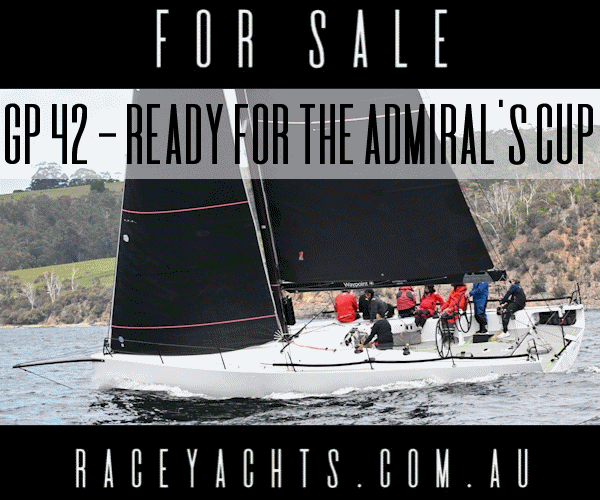Sailors, Divers- Underwater Wrecks to be Preserved
by BW Media on 2 Dec 2008

Wreck of SS Yongala SW
Not only sailors who cherish our maritime history, but divers and many other historians will be gladdened by the money to be devoted to preserving Australia's wrecks around our coastline.
Minister for the Environment, Heritage and the Arts, Peter Garrett has announced $440,000 in funding from the Australian Government's Historic Shipwrecks Program to protect the nation's underwater cultural heritage.
The Minister made the announcement on a visit to the Queen Victoria Museum in Launceston, Tasmania, where three of the 29 funded projects will be carried out.
'The Historic Shipwrecks Program provides valuable financial assistance to state and territory agencies who manage, protect, identify and raise awareness of historic shipwrecks on behalf of the Commonwealth,' Mr Garrett said.
'Shipwrecks are virtual underwater libraries of information from our past, and the secrets and insights our shipwrecks hold tell a story about our nation, revealing information about the people that traveled to our shores and the times in which they lived.
'With a vast maritime heritage, it is vital that we act to preserve Australia's historic shipwrecks and their artefacts for future generations.
'Through this year's funding experts here in Tasmania will visit new sites and re-inspect known wreck sites, as well as continue detailed recording of relics held in state museums so the information can go into the Australian National Shipwrecks Database.'
Other projects to be undertaken by state and territory agencies include:
Western Australia- conservation of shipwrecks artefacts including specialist analytical techniques to identify and develop appropriate treatment strategies to better preserve them, provision of information to the public on the archaeological information from the recent finding of the HMAS Sydney and HSK Kormoran.
Queensland- developing local shipwreck trails in Southeast Queensland in collaboration with cultural tourism operators and community organisations. Undertaking shipwreck survey and database development aimed at improving the state's historic shipwreck information.
New South Wales- continued archaeological documentation of Japanese midget submarine M24 including side scan survey, video recording and still photography, these products will be able to be used in a new online exhibition.
Victoria- of the 15 known shipwrecks in Apollo Bay only three have been found. A project will work with local community groups to find 12 lost shipwrecks through oral history and remote sensing searches.
South Australia- locating and protecting three whaling shipwrecks and their associated survivor camps and improving public knowledge of this aspect of maritime heritage.
Northern Territory- administration of the Historic Shipwrecks Act to assist in site inspections, undertaking wreck and artefact reports, enforcement of the Act and responding to public enquiries.
Norfolk Island- development of the HMS Sirius website to enhance public knowledge and awareness of the shipwreck of our 1788 first fleet flagship.
Mr Garrett said each wreck was a precious record of our past, serving as a marker of some of the most significant events of our time.
'One example of significant national interest is this year's discovery off the Western Australian coast of the HMAS Sydney II and the HSK Kormoran. HMAS Sydney II sank after a fierce battle with the HSK Kormoran on 19 November 1941. This site, along with thousands of others, is now protected under the Historic Shipwrecks Act 1976 to ensure they remain for future generations to understand and enjoy,' Mr Garrett said.
For more information about the program and funded projects visit http://www.environment.gov.au/heritage/shipwrecks/program/index.html
If you want to link to this article then please use this URL: www.sail-world.com/51412

